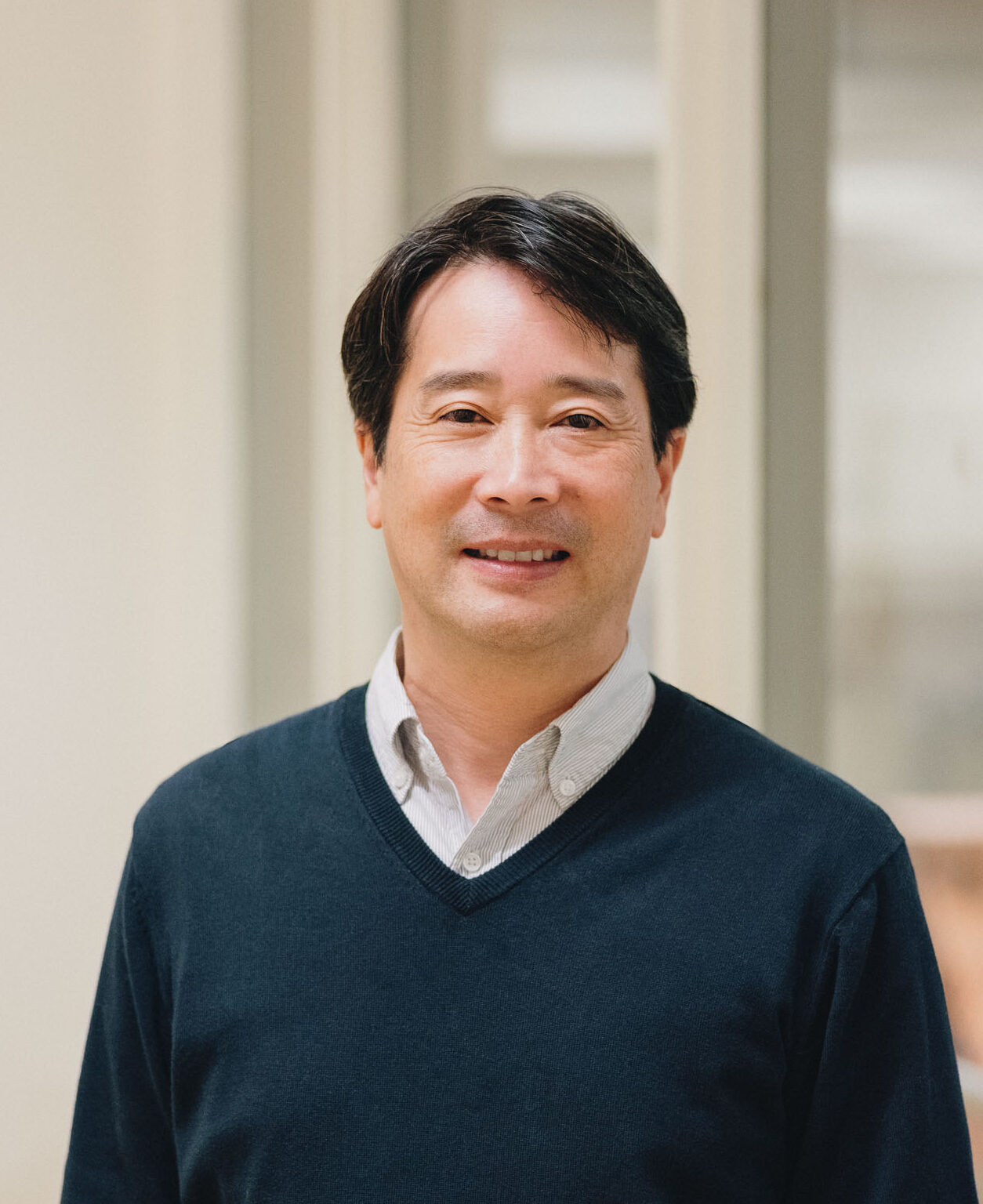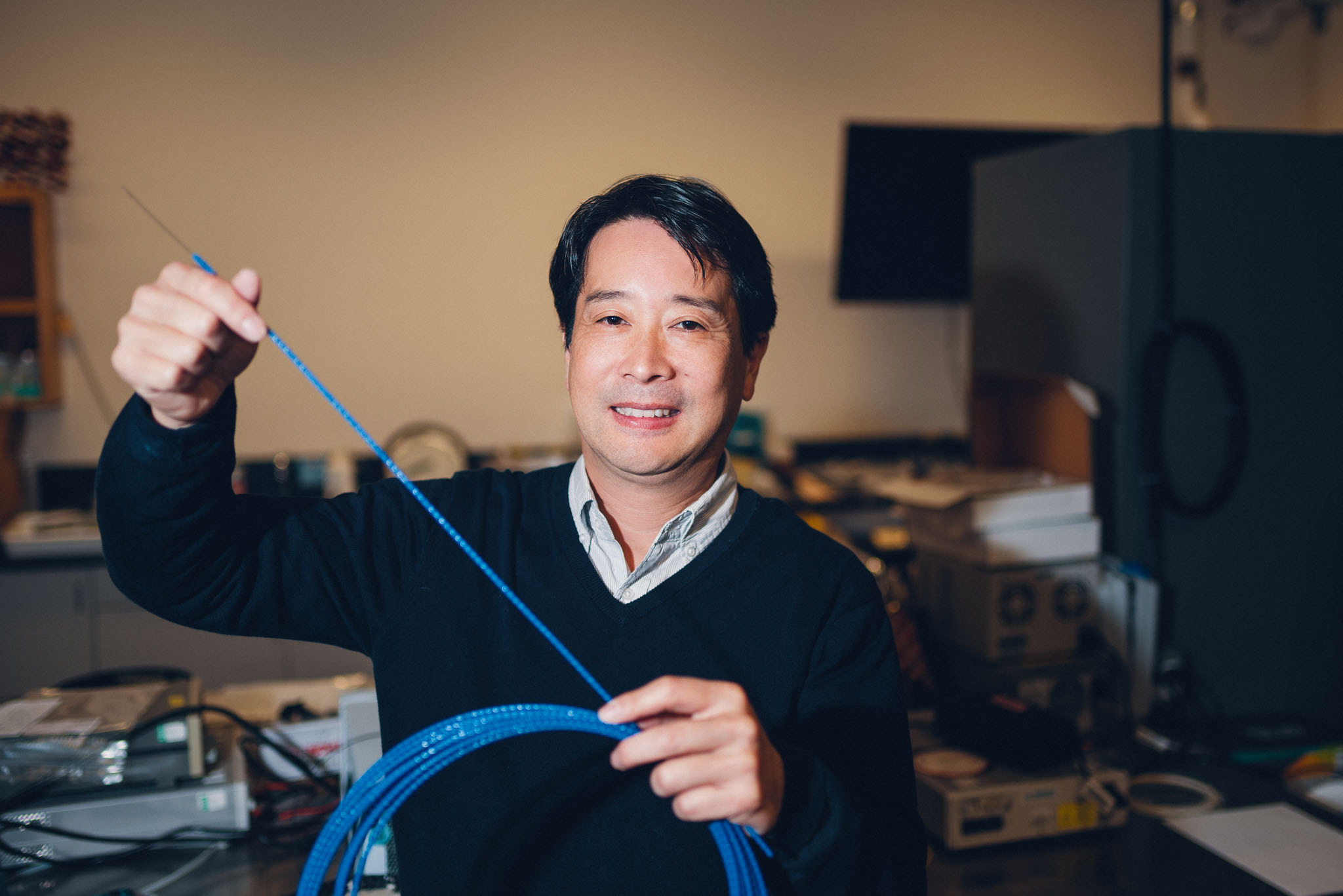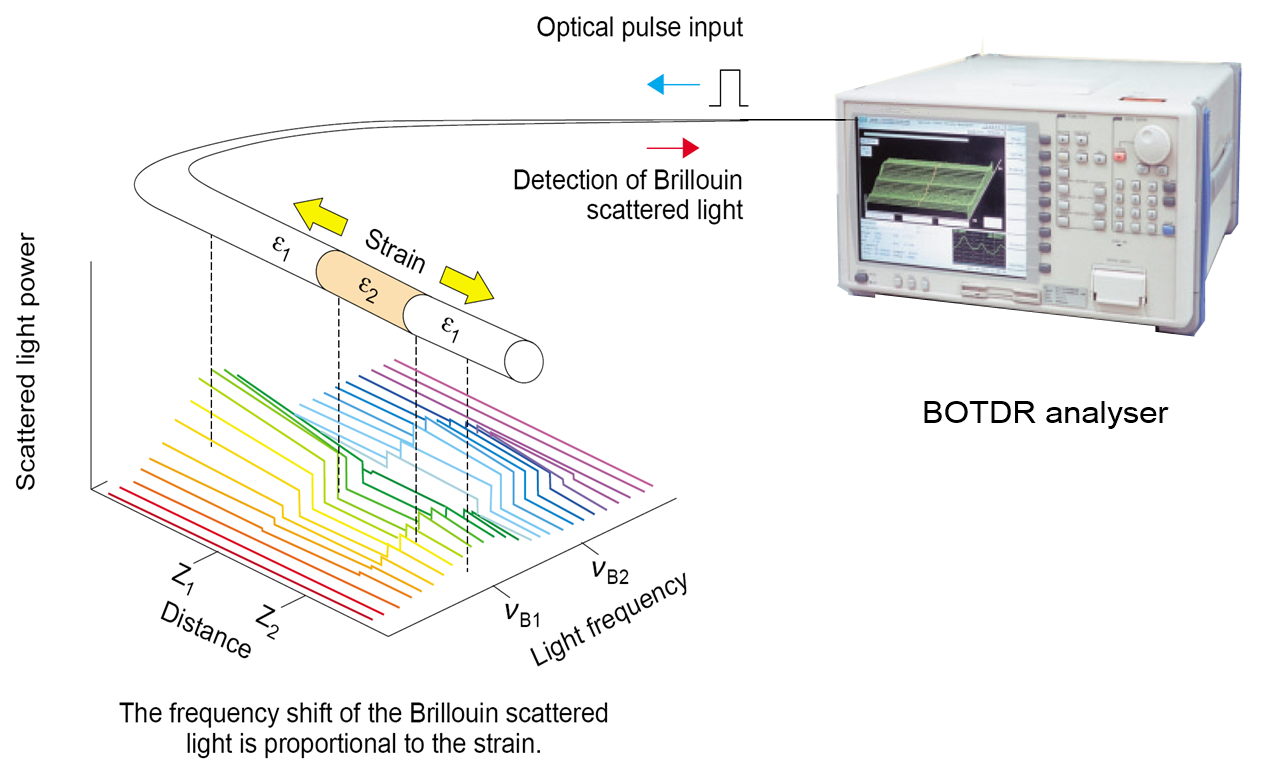
Kenichi Soga
Civil and Environmental EngineeringKenichi Soga is a Chancellor’s Professor in the Civil and Environmental Engineering Department. He received his BEng and MEng in Civil Engineering from Kyoto University in Japan and PhD in Civil Engineering from the University of California at Berkeley. He was Professor of Civil Engineering at the University of Cambridge before joining UC Berkeley in 2016. His current research activities are infrastructure sensing, city scale modeling of infrastructure systems, performance based design and maintenance of underground structures and energy geotechnics.
Kenichi Soga was a 2022 Bakar Prize recipient.
Bakar Prize Project
Continued from the Spark Award Project detailed below:
The distributed fiber optic sensing technology transforms a single low-cost fiber optic cable into thousands of strain gauges, thermocouples, or accelerometers. The Soga Lab is developing an innovative low-cost fiber optic sensing interrogator using state-of-the-art photonics and electronics technologies to realize a scalable distributed monitoring system for large infrastructure projects such as bridges, tunnels, foundations, dams, levees, deep wells, and surface or buried pipelines. Their vision is to transform the future of infrastructure through smarter information in response to the societal need for safety, security, lower life cycle costs, and post-disaster condition surveys. With funding from the Bakar Prize, they have been developing multiple prototypes. Now, their project has been recommended for funding by the National Science Foundation’s Partnerships for Innovation program to collaborate with the US Army Corps of Engineers and Luna Innovations to create a design that can be mass-produced and high-quality user interface software for commercial use.
Their partnership with Caltrans, East Bay Municipal Utility District, PG&E, and USACE allowed them to successfully conduct field trials of the distributed fiber optic sensing technology. Through these trials, confidence was built within infrastructure owners to adopt this technology for their assets. The Spark Award has been instrumental in their success thus far. They have also established the Berkeley Center for Smart Infrastructure (https://smartinfrastructure.berkeley.edu/) to promote this technology. The center is supported by major water utility companies in California.
Spark Award Project
Smart Infrastructure using Real-time Distributed Sensing Technology
Infrastructure is a large part of nation’s assets and efficient management is vital to society. Infrastructure is constructed to last for decades, but its usage is linked to community needs that change more frequently. Infrastructure owners are increasingly looking for solutions to make their infrastructure more intelligent. The technology that is addressed in this research is Distributed Fiber Optic Sensing (DFOS). When light travels through an optical fiber, the majority of it travels through, but a small fraction is backscattered at every location. Thousands of DFOS analyzers; strain gauges, thermo-couples or accelerometers, quantify the back scattered signals along the length of the cable for distances up to 50km. The Soga lab is developing a new low cost real-time dynamic DFOS system and deploying it in real construction and infrastructure sites. With support of the Bakar Fellows Program, he and his research team aim to create a larger market for DFOS in the infrastructure industry and to promote the technology as part of innovation in engineering design and decision-making processes.
Kenichi Soga’s Story

(Photo: Mark Joseph Hanson)
Last January, in the face of a public outcry, New York Governor Cuomo abandoned plans for a 15-month shutdown of the Canarsie Tunnel, part of the subway line between Manhattan and Brooklyn.
The 95-year-old tunnel was in urgent need of repair even before Superstorm Sandy inundated it with saltwater in 2012. Corrosion was attacking cables and circuit breakers, as well as power and tack equipment. The tunnel’s concrete walls were degrading, and replacing the old wall’s lining was a priority.
But about 225,000 riders a day rely on the tunnel, and they weren’t sitting still for the closure.
Cuomo brought together a team of experts to develop a less disruptive option. The team consulted with Kenichi Soga, Berkeley professor of civil engineering and a leader in developing fiber optics to detect potential vulnerabilities in large-scale infrastructure projects.
The team developed a novel plan to strengthen the walls with fiber-reinforced polymer and install fiber optic sensors to remotely monitor the tunnel’s vulnerability to future damage. The sensing strategy is called distributed fiber optic sensing, or DFOS. Soga explained his efforts, supported by the Bakar Fellows program, to advance the technology and speed its implementation in major infrastructure projects.
Q. How does DFOS work?
A. When light is beamed through a fiber optic cable, a fraction of the light bounces back toward the source. This is called backscattering. We know the speed of light, so the time it takes for the light to return to the source indicates where the scattering was generated.

(Photo: Andrey Baklan, via Pixabay)
When a fiber optic cable is attached to a tunnel lining, physical changes along the light’s path, such as strain at specific sites along the tunnel, alter the frequency of the backscattered light. From the amount of the frequency change, we can deduce the strain profile on a structure for many kilometers. We can also determine the temperature profile along its length.
Q. What would these changes tell you?
A. Strain indicates distortion of the structure and vulnerability to ground movement, such as seismic activity or subsidence. Measurements of strain in parts of the structure can be used to assess structural risk after earthquakes or risk from nearby construction.
Temperature data can be used to monitor hydration of concrete structure during curing – a key indicator of the quality of the construction.
Q. Has this sensor technology already been baked into any infrastructure projects?
A. Yes. I started the development about 15 years ago, and we have deployed the technology at more than 30 sites. For example, in London, we embedded fiber optic sensors in the underground infrastructure of a new subway line, called the Crossrail running from east to west London.
Q. And closer to home?
A. In San Francisco, we monitored ground settlement due to highrise construction to ensure that subsidence is minimum. We’re also working with planners at East Bay MUD to install sensors in construction and in repairs.
Q. What are the current limitations in DFOS technology?

A. Up to now, we’ve mainly recorded the backscattering data and analyzed it later. Real-time analysis could detect physical changes as they are occurring. For example, it would be very useful to know in real time if nearby construction work is threatening a structure in some way.
With the Bakar program’s Spark Award we will build industry-grade prototypes of real-time DFOS technology and data analysis. We aim to create and license existing and new intellectual properties.
Linqing Luo, a postdoc in our lab, receives support as a Bakar Innovation Fellow to develop hardware to improve our sensing capabilities. Our other Bakar Innovation Fellow, PhD student Andrew Yeskoo, is applying the technology in building foundation construction.
Q. This such a new technology. Are you meeting any resistance?
A. This is a big part of what I hope to do with the Bakar support. Our Spark Award will help us develop a network of users. Commercialization and adoption of the technology can’t happen without close involvement of industry. We’ll roll out a training program aimed for the infrastructure industry.
Q. You carried out your research and consulting in England for many years. What made you come to Berkeley?
A. I earned my PhD at Berkeley. After 22 years in Cambridge, England, I returned here four years ago. I thought Berkeley was a great place to collaborate on this work. Also, California has a lot more natural disasters than in the U.K. I hope our work will make us all safer.